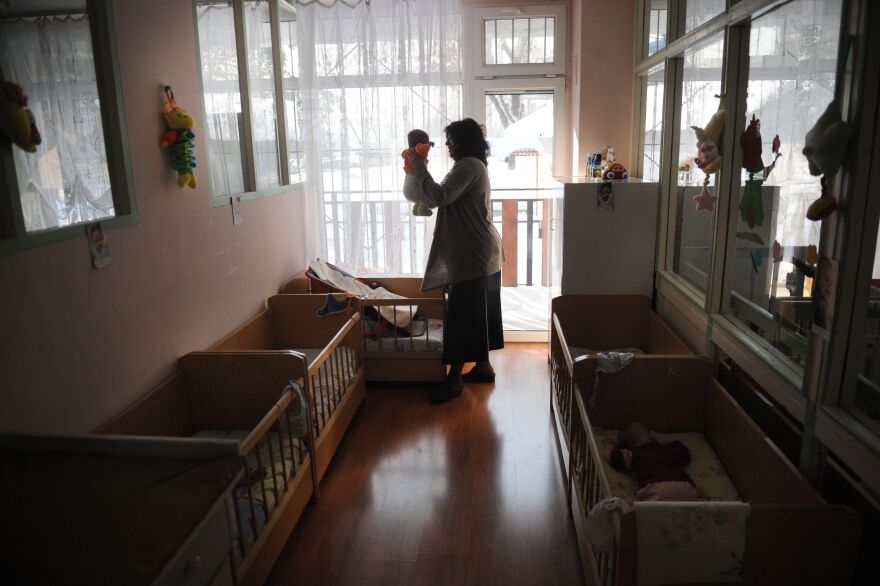As the debate over whether or not to circumcise rages on, the number of circumcisions continues to drop. Only three decades ago, roughly 80 percent of boys born in the U.S. were circumcised by hospital professionals or religious personnel.
Fast forward to 2010, and that number dipped to about 55 percent. While parents are increasingly choosing not to have their children circumcised, part of this reduction is due to the fact that eighteen states, including California, no longer pay for the procedure through Medicaid. Many physicians believe the choice is cosmetic in nature, so several states stopped covering it as a cost-saving measure.
But now a research team from John Hopkins University has released a new study that shows the savings could cost everyone a lot more money in the long run. The foreskin of the penis has increasingly been shown to be particularly susceptible to the contraction and transmission of STDs, including HIV, HPV and herpes simplex. The treatment of diseases associated with these viruses incur several procedures, tests and medicines, all of which cost money which gets spread out through the entire healthcare system.
If the circumcision rate stays the same, the team from Johns Hopkins determined that costs for all babies born in one year would rise by $211 million. And if the rate drops as low as 10 percent? That number shoots up by $505 million. What evidence is this study pointing to for the projected costs? If they’re right, who should be paying for circumcision? Despite the perceived good of the whole, is this still a personal, ethical decision for parents first and foremost?
Guests:
Dr. Aaron Tobian, Assistant Professor of Pathology, Medicine, and Epidemiology at Johns Hopkins School of Medicine and Bloomberg School of Public Health; senior author of the study
Joel W. Hay, Professor of Health Policy and Economics, Schaeffer Center for Health Policy and Economics and Professor of Pharmaceutical Economics and Policy, USC School of Pharmacy



